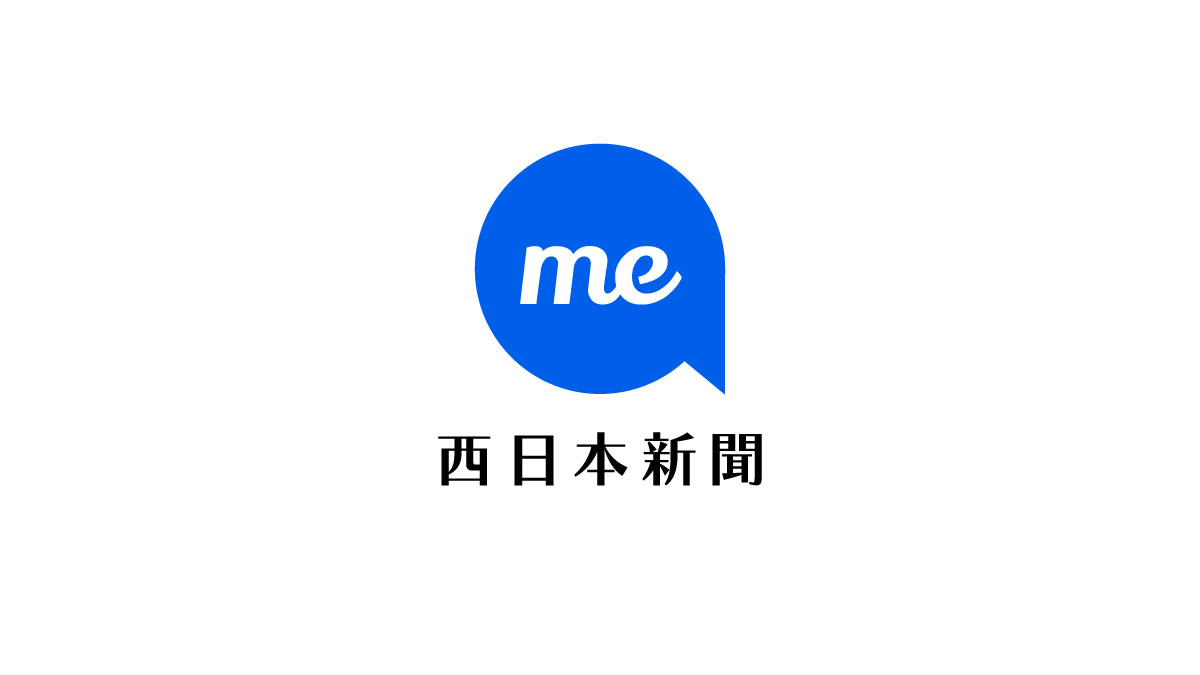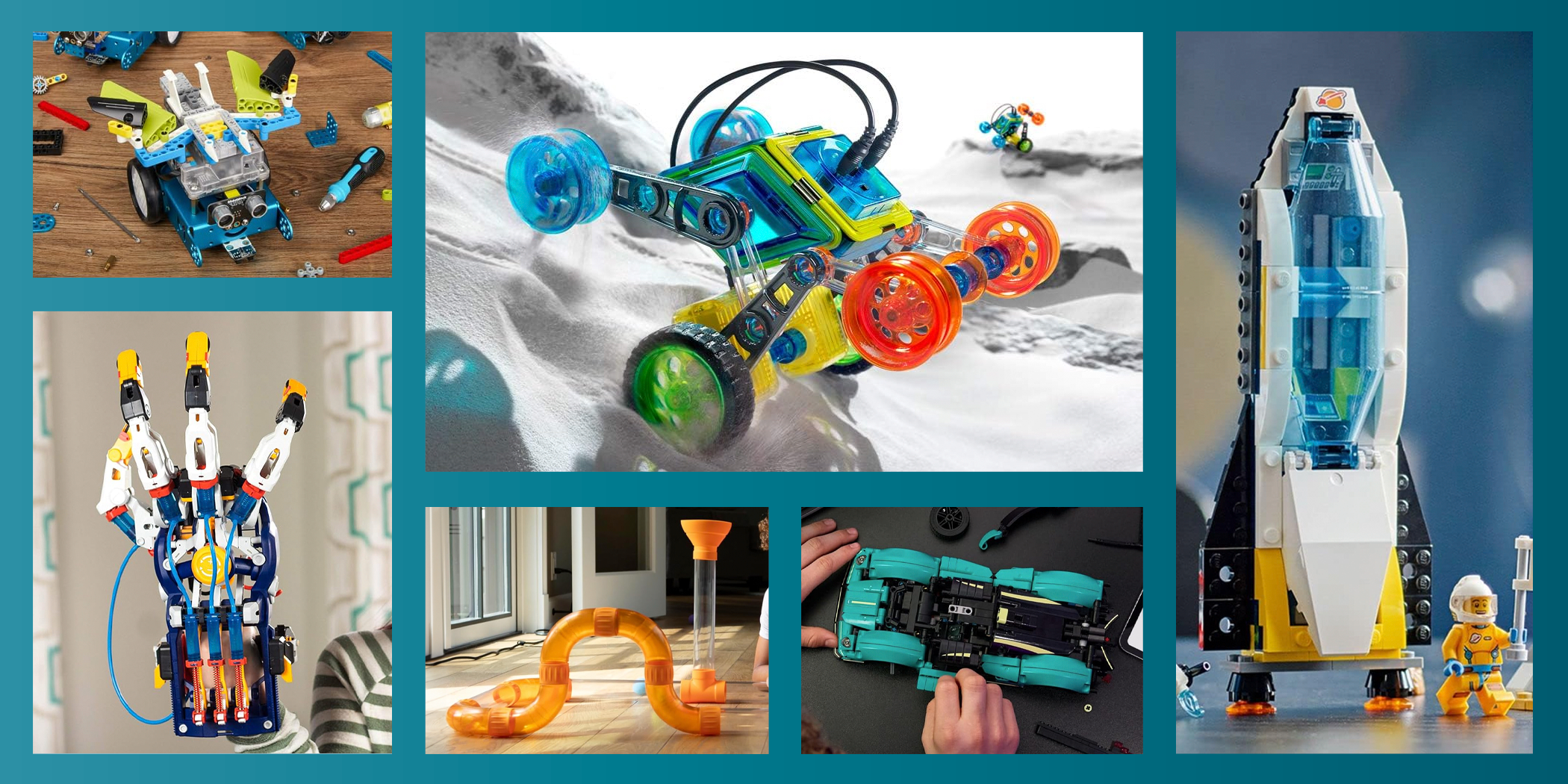Last September, professors at elite American colleges finally began to admit what has been apparent for the last dozen years: Their students cannot read. No, they are not illiterate. But they cannot read books, at least not the kind of dense and nourishing fare that once constituted the curriculum for entering freshmen.
Their response to this discovery has been to stop teaching them. Professor Andrew Delbanco at Columbia removed *Moby Dick* to accommodate his students’ inability. Professor Victoria Kahn at Berkeley now requires only excerpts from the *Iliad* rather than the whole thing. Georgetown English Department Chair Professor Daniel Shore finds his students struggle to focus on the entirety of a fourteen-line sonnet.
A year later, the situation is worse.
Lest one dismiss the problem as perennial griping about the imagined decline of our youth, students themselves now confirm the accuracy of their elders’ descriptions. An intelligent student at Dartmouth recently wrote an essay titled “Yes, College Students Can’t Read Good.” For him, this is not a source of shame but rather pride.
Because he thinks his generation simply could not make it through the typical readings for a course in 1990, he knows that earlier generations were simply faking their comprehension in order to maintain the appearance of being serious readers. To admit otherwise would be to admit decline, or worse, intergenerational inequality with his generation being on the short end of the stick. He concludes instead that “serious reading has never, actually, been a popular activity.” His generation has simply abandoned the concern with false appearances. They are more honest. This makes them better.
Faith in progress and their own goodness is preserved.
An intelligent 18-year-old who comes to hold this view cannot be helped by any college.
—
**How Did We Get Here?**
The internet, phones, social media, declining attention spans, and now dependence on AI all contribute. Worse, the prevailing and crass reductionism of authors to expressions of their race, class, and gender makes all books predictable and boring.
Experimental teaching methods leave many unable to read in middle school. This makes assigning difficult books in their entirety impossible in high school.
Whatever the cause or causes, students who have no love of reading have no access to our, let alone any, literary, philosophic, or religious traditions that expressed themselves through the written word. They are siloed within themselves.
There is no life hack or quick fix to remedy their isolation.
—
**A Long-Term Cure: The Classical Academy Movement**
The classical academy movement returns the book to the center of the classroom.
Walk into a high school literature course at an established classical charter school, and you will see students debating each other, Shakespeare in one hand, pencil in the other. A teacher stands at the front of the classroom or slightly off to the side, coaxing the discussion along with the occasional question. But it is the students who do most of the talking.
Their books are marked up, with important passages underlined and pages dog-eared. These students did the reading last night, and they understood it. They come to class with opinions and questions, and now they have to state those opinions to each other in seminar discussions.
They disagree, and the disagreement becomes heated but not uncivil. Quick to state their views, they are also quick to abandon them when disproven. The goal is to understand the text, and the best, most comprehensive interpretation wins the debate.
These students are 16 and 17 years old. They don’t come from money. A classical public charter school is free. Entrance is by lottery, not examination. Their parents are almost certainly not college professors.
They are demographically similar to the other students you find in any American public school, except that they know how to read and understand a book.
It took a good plan and a lot of time and work to get them where they are.
—
**Starting Early: Building Strong Readers**
They started learning to read in kindergarten, on the first day of school. Their teacher was trained in the science of reading and used phonics. By the second semester, they could decode any English word. By second grade, they were strong enough readers that they could begin learning new things by reading about them on their own.
All throughout, their teachers and, if they were lucky, their parents were reading to them good literature well above their grade level. English grammar started in third grade, along with the Greek and Latin roots of English words. They memorized poetry and speeches.
By the end of sixth grade, they could recite most of what they had learned, including Lincoln’s Second Inaugural and Tennyson’s *Ulysses*.
In high school, these students take literature, history, mathematics, science, art, music, and physical education. They do not use Google Classroom nor do they have a school-issued iPad. If they own a phone, it can’t be used during school hours. Neither do they want to use it, for the most part.
The school they attend shows them that there are a few things that everyone needs to know, no matter what. Technical specialization should come late. They are not training for their future career, but for the whole of their adult lives.
—
**The Growth of Classical Education**
In 1990, at the dawn of the charter school movement, it was very difficult to find a classical school, save for some niche private schools and homeschooling co-ops. Today, the classical education movement is booming.
According to Arcadia Education, in the 2023–24 school year, an estimated 1,551 classical schools were in operation across the country. These include private evangelical, Catholic, and Jewish schools, as well as secular public charter schools. They serve approximately 356,200 students.
Together with the approximately 260,000 students in classical homeschooling co-ops or microschools, there are around 677,000 students following the classical curriculum in America. This is just a small percentage of the 49.5 million students estimated to be attending regular public schools.
But the classical movement is growing. Each year, dozens of new schools are founded, and families tend to flock when the doors open. Arcadia estimates that, by 2035, 1.4 million American students will be enrolled in classical schools.
Hillsdale College’s K-12 Education Office supports one of the largest networks of classical schools in the country. Inquiries from prospective school founders come in a steady stream and have for years. Often the calls are from parents of 3- and 4-year-olds who have just started visiting kindergartens and are shocked to discover a public school system very different from what they knew.
Sometimes they are teachers who are looking to restore common sense to their classrooms. Sometimes they are public school superintendents who are looking to overhaul a curriculum or teacher training system that’s failed to meet the mark.
Hillsdale teaches these prospective school founders how to start a classical school. It supports them with curriculum and training for their board, headmasters, and teachers from the start-up days and into the school’s maturity.
The most established Hillsdale schools are now a decade old.
—
**Building Classical Schools: A Community Effort**
Scratch the surface of any classical school, and you are likely to find a fed-up mother somewhere in the mix. Hillsdale’s founding groups, for private and public charter schools, are selected through a competitive application process and receive guidance and support from Hillsdale during the two- to three-year process of getting started.
Hillsdale provides this help at no cost to the school. Founders fundraise, promote the school, and, in the case of charters, submit an application to the state-appointed authorities. Then the work of building a board begins, followed by identifying a headmaster, finding a location, and recruiting families.
It’s a local effort each time, and the work of many years, driven by the people who know the community best.
—
**A Family’s Journey to Classical Education**
Enrolling in a classical school requires major adjustments for many families.
When one family from Round Rock, Texas, discovered classical education, they put their children on the waiting list and, after a year, all four of them—a first grader, a fourth grader, a seventh grader, and an eighth grader—were in.
Before the first day, they remodeled their basement. Out went the video games, the TV, and the foosball table. In went four matching IKEA desks with calendars hung above them.
Over the summer, the mother read Mary Shelley’s *Frankenstein* with the eighth grader while the father handled *The Count of Monte Cristo* with the fourth grader. The children protested at first, but soon dinnertime conversation blossomed.
The children could tell that they were being asked to read important things. They rose to the challenge. They thrived on the challenge.
—
**The Future of Classical Schools**
Arcadia’s estimate for the future of classical schools is likely low, especially given new legislation that creates school choice programs. Among these programs are education savings accounts, which provide parents with public funds to take directly to their school of choice.
The rise of education savings accounts will result in growth in private classical schools in particular, as tuition has long created a barrier for many families who would otherwise be interested in the curriculum.
Without education savings account programs, prospective founders of classical schools faced daunting fundraising challenges. But now, more schools will be able to get off the ground.
As of September 2025, thirty-three states and Washington, D.C., offer at least one private school choice program, with twelve providing universal or near-universal access.
The academic success of these schools is undeniable. There are long waiting lists, happy students, and devoted parents.
In states like Florida and Texas, legislators are reforming curriculum standards to make the environment friendlier to classical schools. Florida’s public university system now accepts the Classic Learning Test as an alternative to the SAT and ACT for college admissions.
—
**Classical Education: Preparing Students for Life**
The students who graduate from these classical schools go on to college ready and able to study *Moby Dick* with Professor Delbanco and his colleagues at Columbia without remedial training. Indeed, many will have already read the book.
But this also means that many will forgo college altogether and choose instead to enlist or learn a trade. Whatever path they take, they will travel it in possession of what was once—but is no longer—the mark of American college graduates: a love of learning accompanied by the ability to do so.
There is no more valuable possession.
https://spectator.org/how-the-classical-education-movement-is-rescuing-a-lost-generation/?utm_source=rss&utm_medium=rss&utm_campaign=how-the-classical-education-movement-is-rescuing-a-lost-generation


